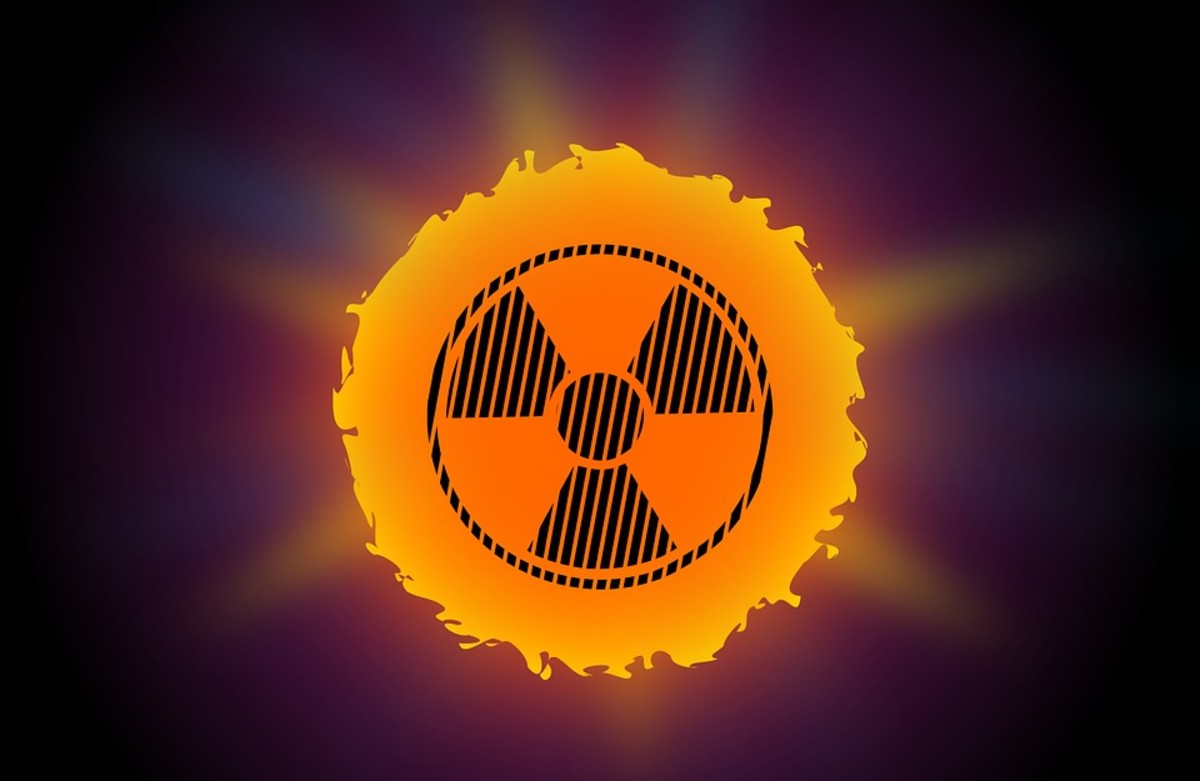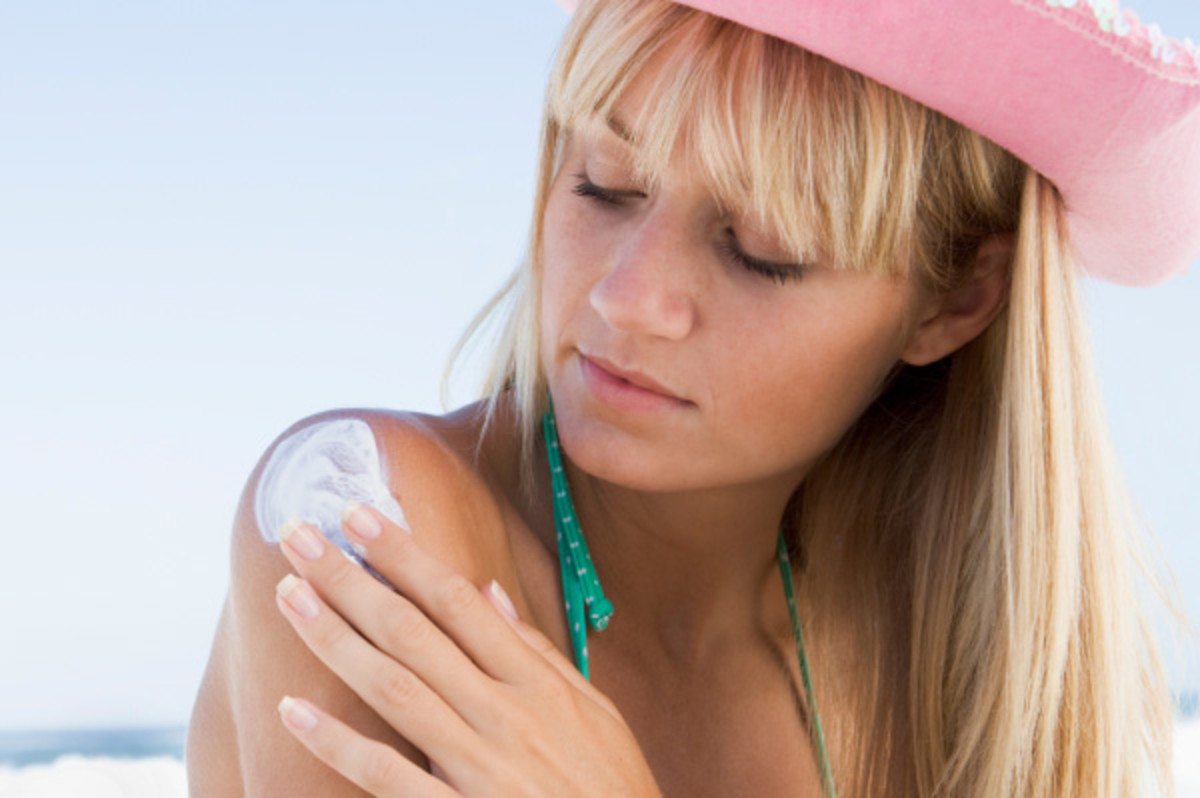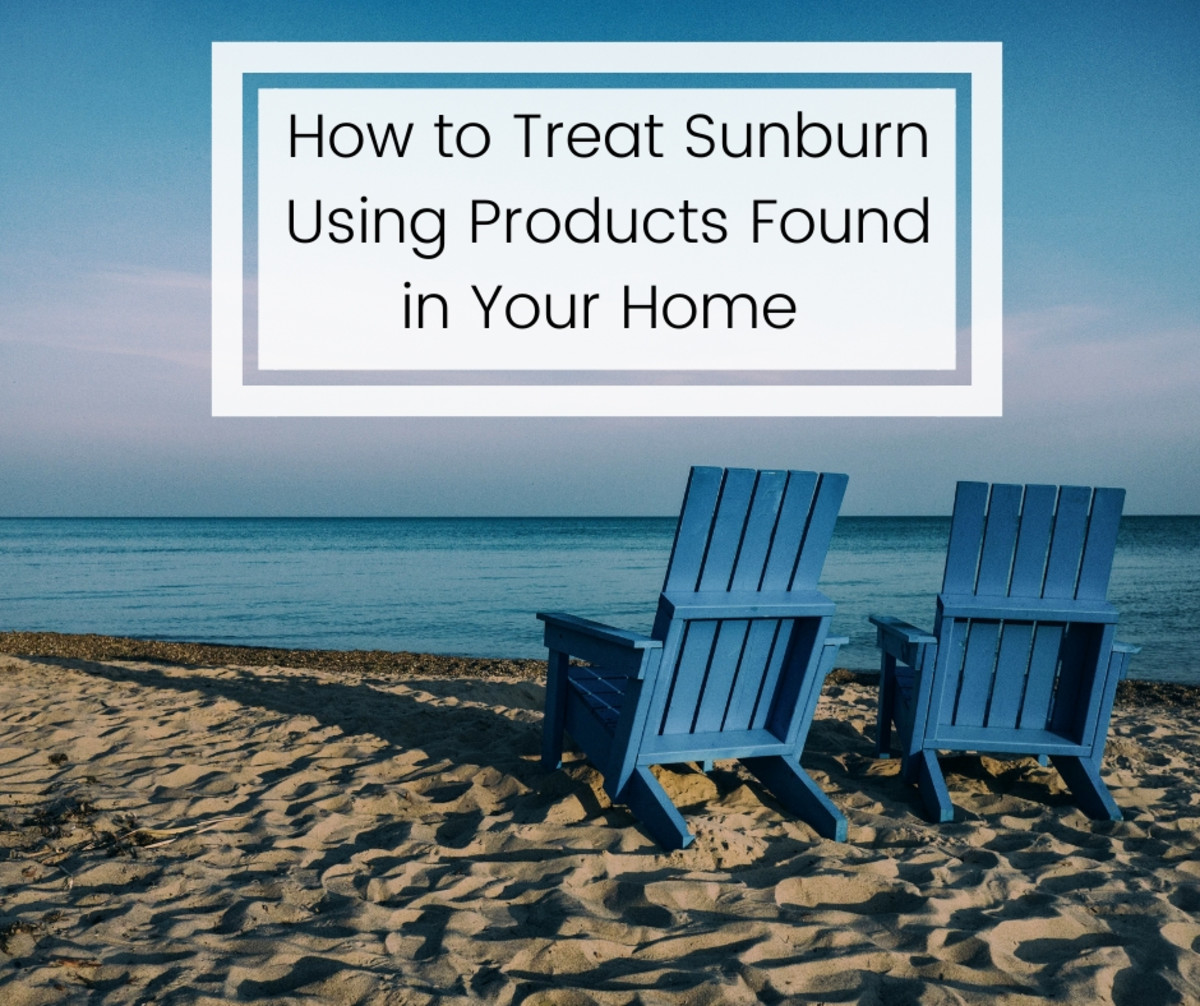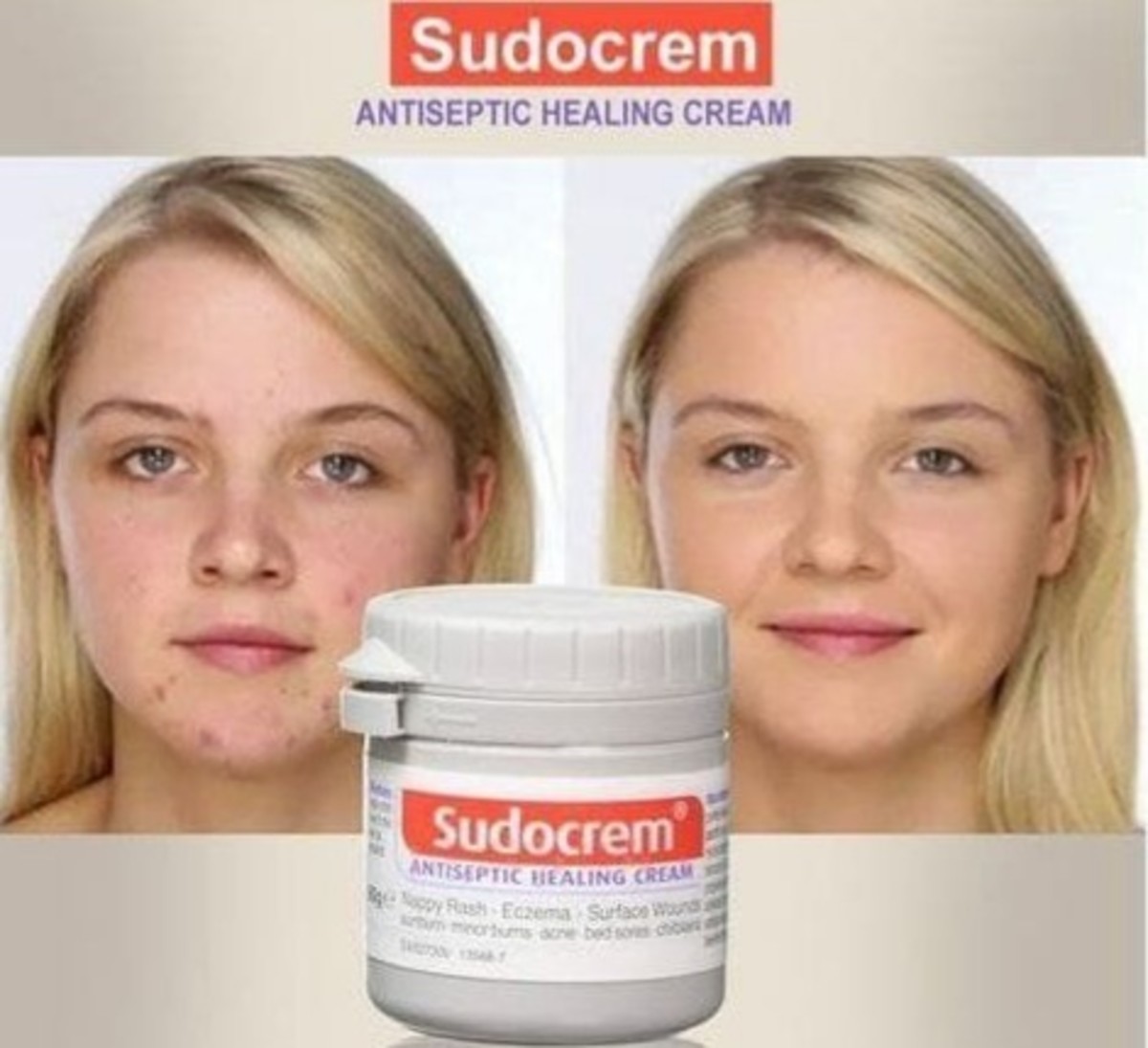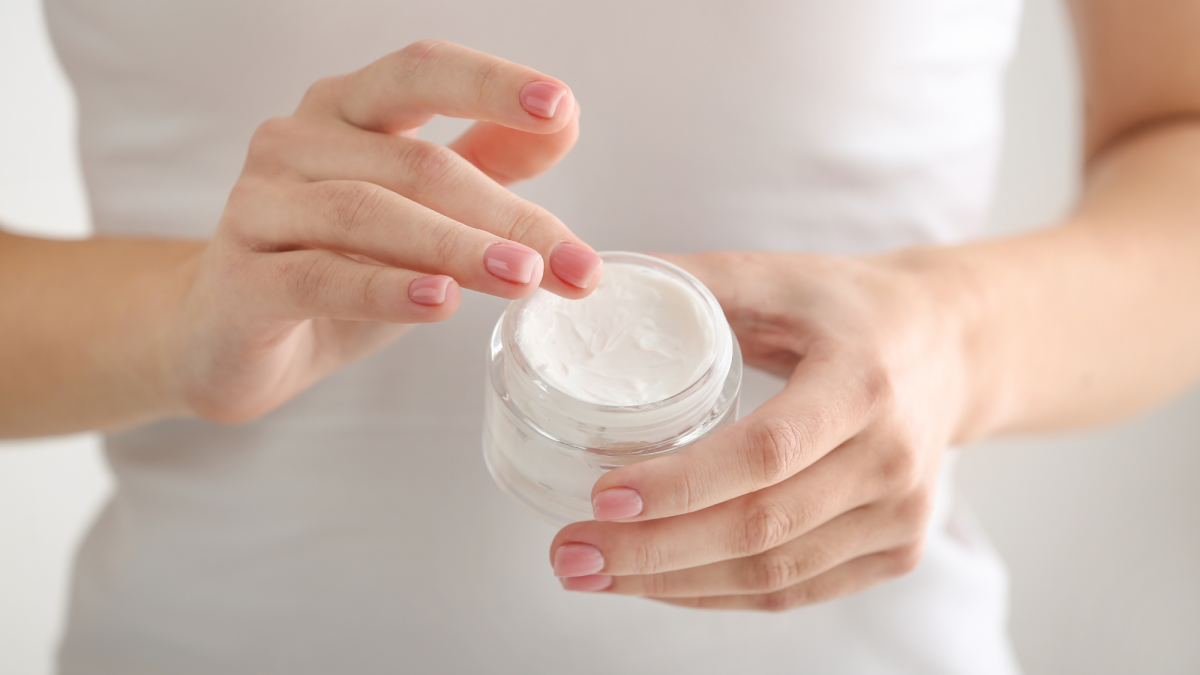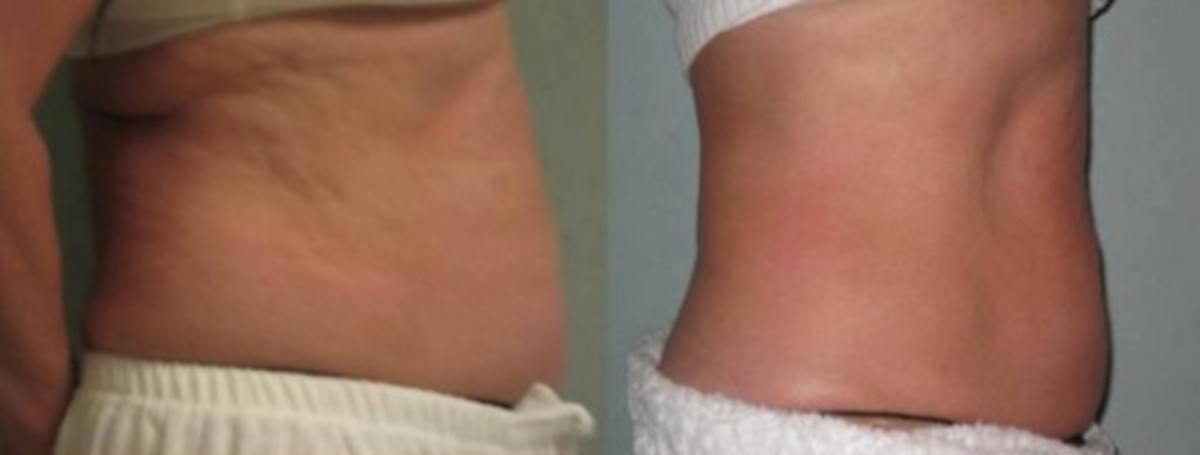Sun Safety Tips for Kids
How to Keep Kids Safe in the Sun
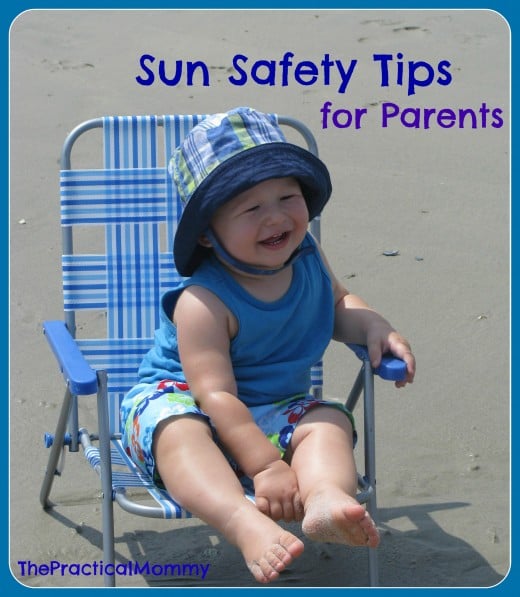
Sun Safety for the Family
Enjoy being outdoors but afraid of the sun? What makes our sun so dangerous for us and our skin?
Chances are you already know the basics about sub safety: wearing sunblock and staying in the shade. There's more you can do, however, to keep yourself or your family from the harmful effects of the sun.
Learn about the sun's rays and how you can protect yourself and your family from sunburn or skin cancer.
Sun Safety for Kids
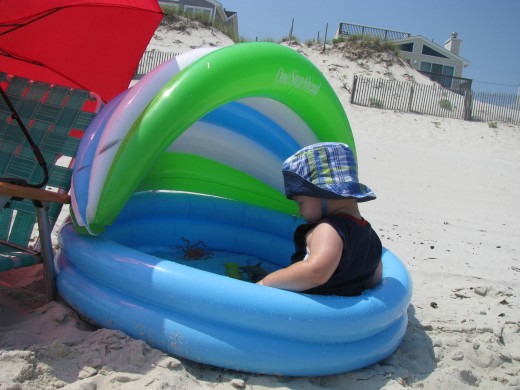
Skin Damage from the Sun
Let’s face it: we need the sun to survive. How can it be so dangerous for us, though?
The same sun that helps us live and helps plants to grow has harmful rays of ultraviolet light that reach the Earth. There are three kinds of these rays: UVA, UVB, and UVC.
UVA rays are the ones that reach us most by passing easily through the ozone layer. These rays cause skin wrinkling and aging. They also help to cause skin cancers such as melanoma, which can be deadly.
UVB rays don’t pass through the ozone layer as easily as UVA rays, but they are still harmful to us if we are exposed to them. These rays are responsible for sun burns and cataracts, and tend to be the main cause of melanoma if a person had severe sunburns that occurred before the person was 20 years of age.
UVC rays, thankfully, are blocked by the ozone layer. They are the most dangerous to us.
We need to be very careful about these ultraviolet rays. The skin cancer that is caused by them, as mentioned above, can be deadly, affecting nearly 1.2 million people each year. Melanoma, the most common form of skin cancer, kills about one person every hour of every day.
Prevent Sunburn
You can get sunburn on a cloudy or hazy day, or even when playing in the snow. UV rays can still pass through clouds or bounce off of snow, causing sunburn or skin damage. Yikes! Make sure to use enough sun protection, even on cloudy or snowy days.
Risk of Sun Exposure
The suns rays tend to be the strongest between the hours of 10 a.m. and 4 p.m. every day. Unfortunately, that's when many people, especially in the summertime, tend to be outside enjoying the sunshine.
When should you be out in the sun? Early morning hours, from sunrise until about 10 a.m. as well as late afternoon hours, from 4 p.m. until sundown, are the safest times to be outdoors in the sunlight if you must.
Safety in the Sun
Did you worry about sun exposure as a kid?
Sun Exposure Risks
Melanin
Our skin has a natural chemical in it, melanin, that helps to block UV rays from the sun. Depending on your skin type and coloring, you may have more or less of melanin in your skin. Fair skinned people have less melanin and need to be the most careful in the sun. Dark skinned people have more melanin, but still need to be careful in the sun.
When we are exposed to UV rays, the melanin in our skin reacts and causes us to get some color, or tan. Having a tan, though, does not mean we are protected from more UV rays! Even with a tan, it is important to use proper amounts of sun lotion, sunscreens, or sun block.
Freckles
Freckles, little, flat, brown spots that can appear on the skin, are the body's natural reaction when the skin has very little melanin. Very fair skinned people tend to get more freckles and also tend to get more sunburns. Freckles can increase with more sun exposure.
Be Safe in the Sun
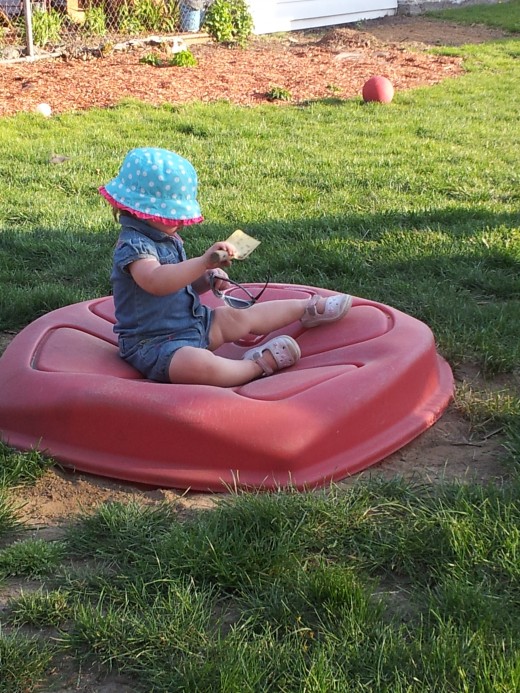
How to Prevent Sunburn
Here are some tips for protecting your kids or yourself in the sunlight:
- Wear a sun protection lotion with SPF 15 or higher with both UVA and UVB protection.
- Wear a hat to protect your scalp and face.
- Stay in the shade if you can, to avoid direct sunlight.
- Wear dark clothing with tightly knit fabric (fabrics like denim work well) to avoid sunburn.
- Wear a pair of sunglasses with UV protection to protect your eyes.
- Avoid going outside between the hours of 10 a.m. to 4 p.m. when the sun's rays can be the most dangerous to us.
- Wear sun protection when skiing, on the beach, on a patio, or near water as snow, sand, concrete and water can reflect the sun's rays and cause sunburn.
Sunblock Clothing
Clothes have their own sun factor protection, but it is called UPF, or ultraviolet protection factor. It is calculated by determining how much ultraviolet light goes through the clothing and reaches the skin.
For example, denim has a UPF of 1700, meaning that it only lets 1/1700th of sunlight to penetrate through the fabric. Other fabrics, like cotton or lace, have much worse ratings since they allow much more sunlight to get to the skin.
UV Protection
Type of Sun Protection
| Protection Rating (1-10)
| Safe for Babies under 6 months?
| Safe for Kids?
| Safe for Adults?
|
|---|---|---|---|---|
Sun Tan Lotion
| 1
| No
| No
| No
|
Sun Lotion with SPF 15-30
| 5-7
| No
| Maybe
| Yes
|
Sun Lotion with SPF 30-100
| 8-10
| No
| Yes
| Yes
|
Sun Lotion with UVA and UVB blockers
| 8-10
| No
| Yes
| Yes
|
Sun Lotion, water-resistant
| 5-8
| No
| Yes, if reapplied every 2 hrs
| Yes, if reapplied every 2 hrs
|
Sun Lotion with Vitamin A
| 4
| No
| No
| No
|
Zinc Oxide (as a physical blocker)
| 8-10
| No
| Yes, on ears and nose
| Yes, on ears and nose
|
Hat, wide brimmed
| 8-10
| Yes
| Yes
| Yes
|
Sunglasses, with UV protection
| 8-10
| Yes
| Yes
| Yes
|
Dark colored clothing
| 8-10
| Yes
| Yes
| Yes
|
Shade
| 8-10
| Yes
| Yes
| Yes
|
Note: These are my ratings based on my research. Protection ratings depend on brands and how well the protection is applied or used.
Different Kinds of Sunscreen
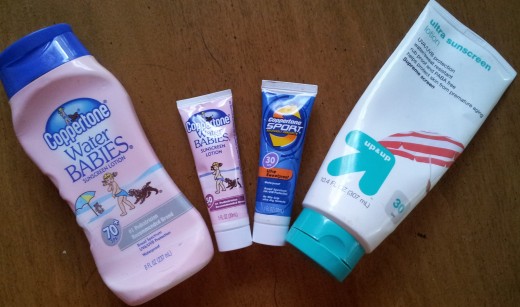
Sun Protection Factor
What level of SPF sun lotion do you use?
How Much Sunscreen Should I Use?
It has been determined that for the average sized adult wearing a bathing suit, 1 oz. of lotion should be enough protection for all exposed skin. Of course, if you're larger than the average adult, you should use more.
Sun Lotion, sunscreen, or sun block should be reapplied every two hours, and after any water activities. Remember: water resistant does not mean water proof!
Facts about Sunscreen
There are many different types of sun lotion, sunscreen, or sun block, but what is recommended for use?
SPF and UVA Ratings
Let's start with SPF. SPF stands for Sun Protection Factor. It is a numerical rating from 4-100, depending on the level of protection the sun lotion, sunscreen, or sun block gives the skin from UVB rays.The lowest recommended SPF for anyone is SPF 15. Anything lower might not provide enough protection from harmful UVB rays that can cause sunburn.
In recent years, sun lotions, sunscreens, and sun blocks have included UVA protection as well. This rating is not numerical but instead is a star rating. One star is low protection while five stars is high protection. Most sun lotions, sunscreens, and sun blocks however, only mention 'broad spectrum UVA' protection instead of the star rating.
In order to find a sun lotion, sunscreen, or sun block that has great protection, it needs to have both the recommended level SPF and a high UVA rating. For example, an SPF 4 lotion with five UVA stars is not as effective as an SPF 15 lotion with three UVA stars. Having the recommended SPF is still necessary since UVB rays still cause damage to our skin even if the UVA rays are blocked.
Sun Lotion, Sunscreen and Sun Block Ingredients
The active ingredients in sun lotions, sunscreen, and sun blocks are all used to either block, reflect, or change the UV rays so that they do not harm the skin and cause skin damage and cancers. Many of the ingredients are chemicals that change the way melanin reacts with the UV rays and have been found to be okay for human use (even though some have been found to cause some problems).
There are quite a few ingredients in sun lotions, sunscreens, and sun blocks, but I'm going to focus on just four: PABA, Vitamin A, zinc oxide, and titanium dioxide.
You've probably heard about PABA, knowing that now many sun lotions, sun screens, and sun blocks are PABA-free. Why? PABA, or p-Aminobenzoic acid, has been found to cause skin reactions and allergies. It is no longer allowed in sun lotions, sun screens and sun blocks as an active ingredient.
Vitamin A, while good for our bodies, can increase the chances of sunburn and skin damage. Often seen in sun lotions as retinol or retinyl palmitate, can actually increase the chances of skin cancers. Also, Vitamin A in large quantities is not good for pregnant women since it may cause birth defects.
Zinc oxide and titanium dioxide are two mineral ingredients that are added to sun lotions, sunscreen and sun block because they are physical blockers, meaning that they actually block the sun's UVA rays from reaching the skin. They can be used by themselves (remember the lifeguards with white cream covered noses?), mostly on the nose and ears. Since they tend to be thick in application on their own, however, these ingredients are made into smaller particles to blend in with the rest of the sun lotion, sunscreen or sunblock. Zinc oxide, of the two, gives the best UVA protection. Both, even though they are great in providing protection, may want to be avoided in large amounts since they may interfere with the body's hormones.
Lotion vs Spray
Sunscreen and sun block has historically been made as a lotion, but in recent years, both have been made into a spray as well. The argument is that the spray is easier to spread on (think about your back and other hard to reach areas).
Is spray as effective as lotion? It can be, if used correctly. Just like lotion, it should be applied 15-30 minutes before sun exposure and should be reapplied every two hours.
Generic vs Brand Name
Guess what? Generic sun lotion, sunscreen, and sun block can be just as effective if not more effective than brand name sun lotion, sunscreen, and sun block. The only difference is the price. For some brand name items, cost can be as much as $30 for the same protection that a $10 generic brand gives. Crazy, right? If you do not want to spend a lot, find a generic brand that has all the necessary ratings and ingredients.
All Natural Sunscreen for Kids

Vitamin D Sun Exposure
Vitamin D, which aids the body's absorption of calcium, can be absorbed naturally from sunlight. Sun lotion, sunscreen, and sun block can and often do block it from reaching the skin however.
To make sure you get enough Vitamin D, you can be in the sun for 15 minutes without sunscreen, eat foods rich in Vitamin D (fortified milk, fish, eggs, etc.), or take a Vitamin D supplement.
How to Treat a Sunburn at Home
If you or your child still end up with a sunburn, you should do the following:
- Take a cool bath to soothe the pain
- Take Tylenol or ibuprofen for the pain
- Use and apply aloe vera gel to the burned areas
- Watch for blisters and do not pop them to prevent infection
- Stay out of the sun to prevent more skin damage
- Avoid peeling the skin to prevent infection
- Use hydro-cortisone cream for itching and pain
If the sunburn is so severe that there are many blisters and you or your child have a fever and chills, seek medical attention. It may be an indication of sun poisoning, which can be dangerous due to the accompanying factors of dehydration and infection if not treated.
Sun Safety Facts
We can't avoid the sun, but there are things you can do to avoid skin damage and skin cancers from the sun's harmful UV rays. Using sun lotion, wearing dark clothes, wearing a hat and sunglasses , and staying in the shade are just some of the ways to avoid getting a sunburn.
Follow these tips to make sure you stay safe while having fun in the sun!
©ThePracticalMommy
For More Information about Sun Safety: Sources
For more information, visit these sources:
- Sun Safety Facts from the EPA and FDA
- Sunscreen
- Sun Safety
- Sunburn Information


